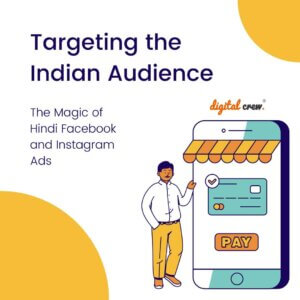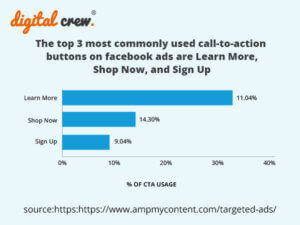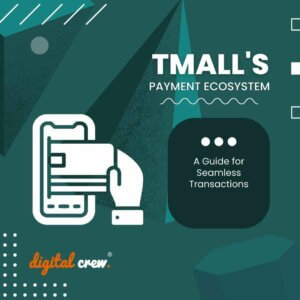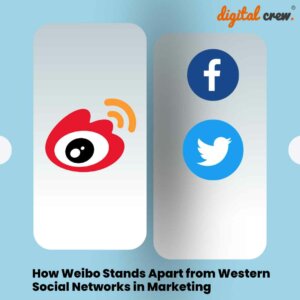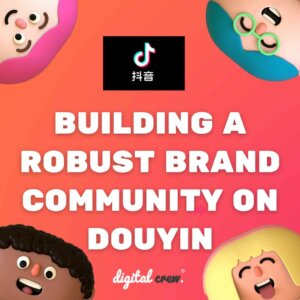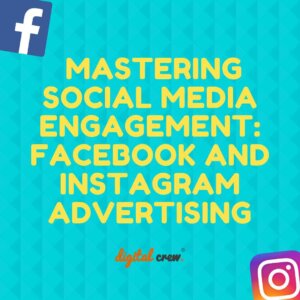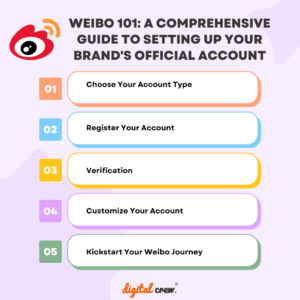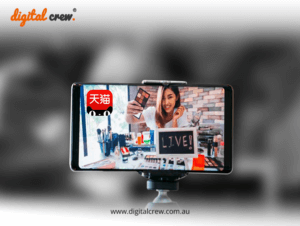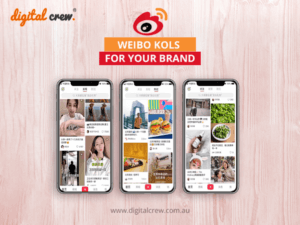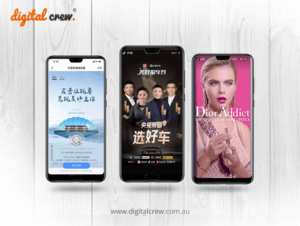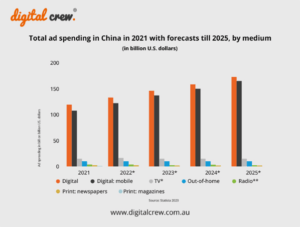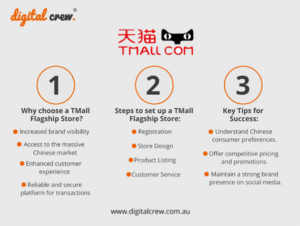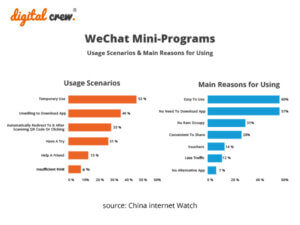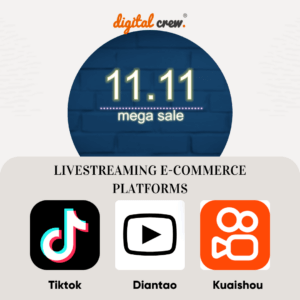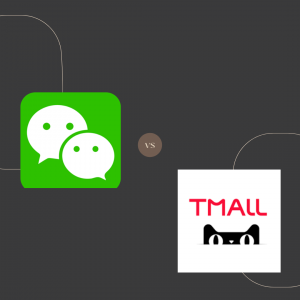Zillennials Are The Future Millennials, Going To Make Up 40 Percent Of All Consumers, According To Industry Estimates

Marketeers have been obsessively talking about the millennials for the past 5 years but may now have to shift their eggs to the zillennial basket. The zillennials or Gen Z are a segment of the population that were born after 1996 and are branching out from the millennial identity.
Unlike millennials, who have witnessed slow internet and still hold the patience for slow loading, Gen Zers have zero patience with slow internet and are quick to leave brands that don’t cope up with their browsing speed.
Marketers have been failing to incorporate strategies that include the zillennials and often confuse Gen Z with millennials. Too many brands are also retrofitting existing sales strategies and marketing campaigns to a fundamentally different, highly snobby and critical market. Despite the demand, many international luxury brands are still struggling to connect with Zillennials and have been allowing emerging local brands the chance to take the lead.
Let us understand the zillennial consumers:
Zillennials the future millennials
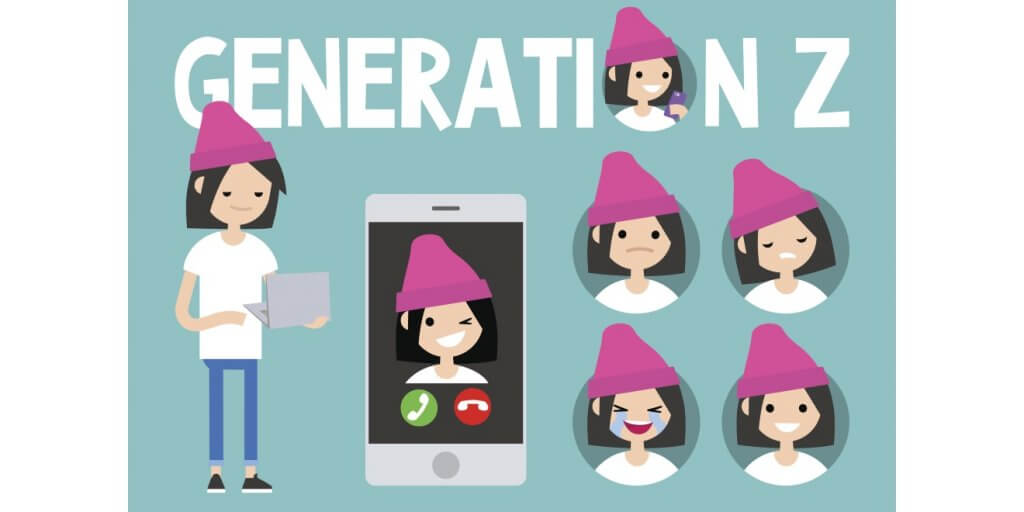
While millennials were smartphone pioneers, their younger counterparts are smartphone natives. They haven’t witnessed an era without internet and the smartphone as a result of which it is ingrained into their lifestyle as early as the age of 10.
Faster content consumption
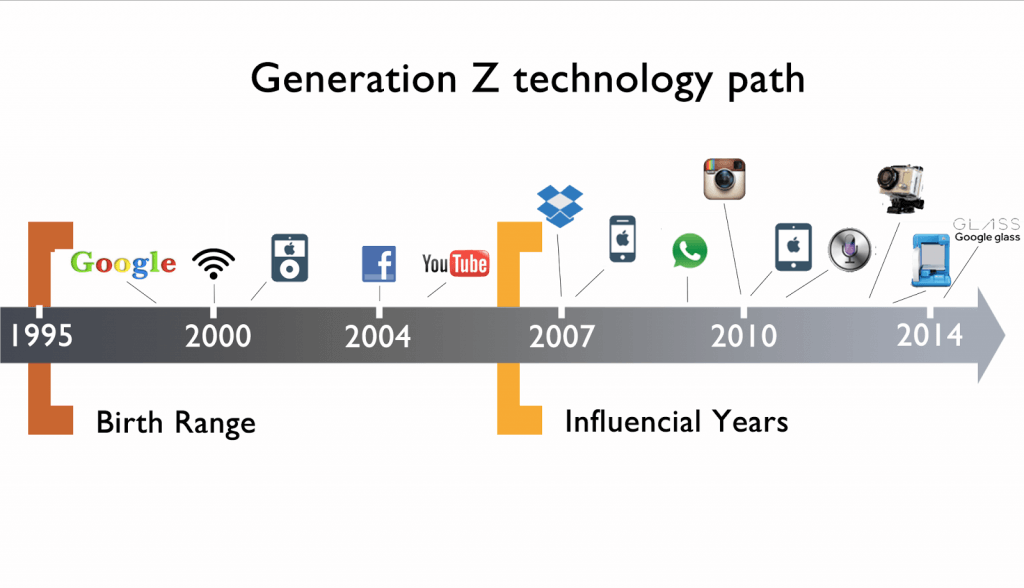
Gen Z consumers process content much faster than other generations, in particular, because of apps like Snapchat with its 10-second story limit. Gen Zers are very good at quickly sorting through vast amounts of information using five screens simultaneously: smartphones, tablets, TVs, laptops and desktops. Although their options are practically endless, their time is not — they have an average attention span of 8 seconds as compared to 12 seconds for millennials.
New habits
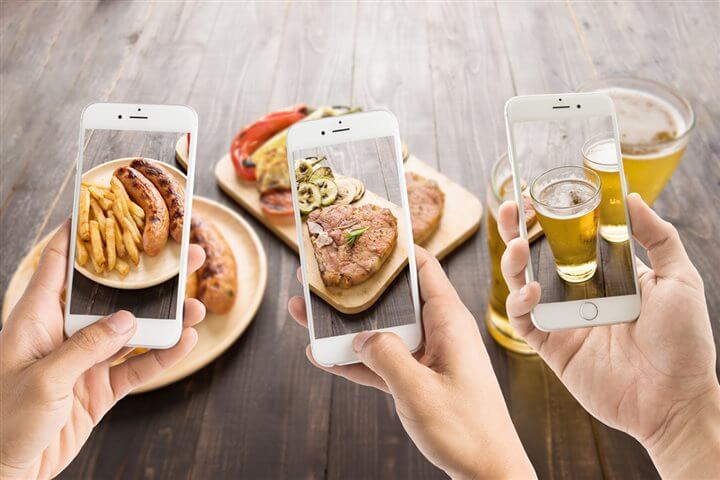
They have grown used to customized and smart product options. Restaurants to them aren’t just places they visit to satisfy their hunger. With an endless boom of food fads floating around the internet, this population is curious about the ambience and fusion of modern elements that can make it to social media.
Majority of the Gen Z population are willing to pay for quick one day delivery services with value additions.
How can you as a business keep up with the zillennials?
Simple and straightforward user experience

Brands should start implementing a digital-forward approach to ordering. However, digital ordering is no longer enough – engagement through loyalty programs is equally crucial. To make the interaction between your brand and your Gen Z customers intuitive and engaging, provide them with a complete mobile app solution that includes multiple engaging elements like a points-based reward program, exciting UX, gamification features and more.
Value ad(dition)
Gen Zers are immune to sponsored content and often turn a deaf ear to any sales driven message. They pay attention to communication that provide solutions to their inconveniences (one of the major reasons why Uber, Ola and DiDi have succeeded).
Strategic use of social media

For Generation Z, social media is a lifestyle, not just entertainment and a way to connect with their friends. They want to use it to learn about new products and brands. Businesses can encourage their customers to share their feedback and recommend their brand on various social networks by giving them incentives. Companies that have a mobile app can simply integrate social platforms into their app to collect more reviews that their happy guests leave. They can successfully leverage word-of-mouth marketing and accumulate social proof around their brands.
Mobile First
In China, the top shopping and social media platforms are WeChat, Baidu, and Tmall, the Western equivalents of Facebook, Google, and Amazon. But there are differences in patterns of use: 44.9 percent of Chinese use mobile payments several times a week, vs. 15.3 percent of Americans. And only one percent of Chinese consumers have never used mobile payments compared to 33.9 percent of American consumers who have never tried mobile payments. Chinese Gen Z consumers’ online behaviours are more sophisticated, and their standard of shopping efficiency, enabled by the frictionless experience they enjoy in China, is also higher.
“I’d estimate my time being on the phone for around five hours a day,” Yifei Du, a Chinese Gen Z, said. “I also use social media to chat and follow up, subscribe to influencers and get shopping tips from them. Sometimes I will generate my own content on Xiahongshu (Red Book).”
Conclusion
While bearing in mind that Gen Zers are a faster generation, it is equally important for brands to adapt and incorporate a customer-centric experience for this lot as opposed to a product-centric experience as the zillennials enjoy the ‘credible endorser’ status for any brand for the rewards that come along with it.








